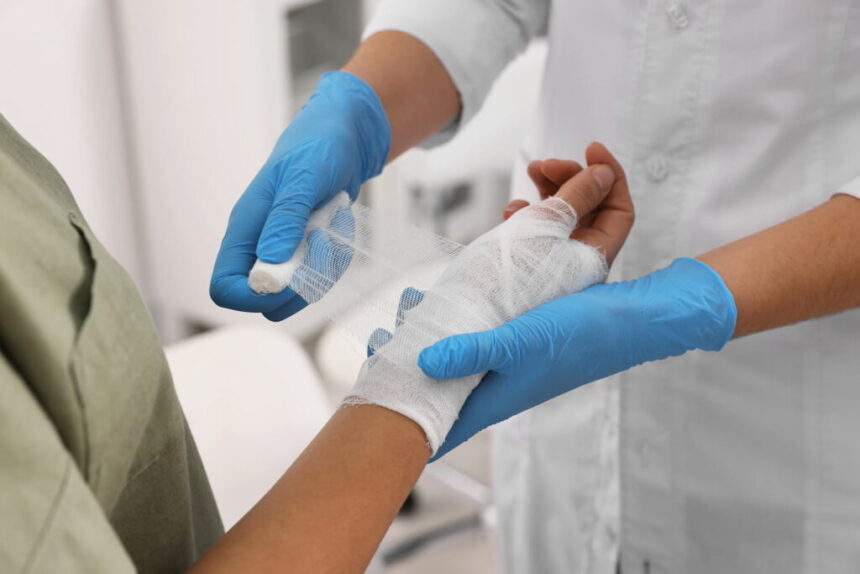Urgent care centers are designed to provide fast, convenient treatment for minor injuries that don’t require a trip to the emergency room. Whether it’s a sprained ankle, a small cut, or a mild burn, walk-in clinics offer professional medical attention without the long wait times of hospital visits. Knowing when to visit urgent care can help you get timely care, prevent complications, and support faster recovery. Here’s more information on when to seek treatment for minor injuries at a walk-in clinic:
What Is Urgent Care?
Urgent care centers serve as walk-in clinics that treat medical issues requiring prompt attention but are not life-threatening. These facilities bridge the gap between your primary care doctor’s office and the emergency room. Most walk-in clinics operate during extended hours, including evenings and weekends. This makes them accessible when your regular doctor’s office is closed. Many centers accept walk-in patients, though some allow you to book appointments online or by phone to reduce wait times.
What Injuries Are Treated There?
Walk-in clinics handle several types of minor injuries. Knowing which conditions they treat can help you decide when to visit an immediate care center. Here are common injuries and conditions that are treated at urgent care facilities:
- Cuts and lacerations: Deep cuts that won’t stop bleeding or may require stitches can be cleaned and closed properly.
- Sprains and strains: These injuries, which result from sports activities or accidents, can be evaluated through physical examination or imaging, such as X-rays.
- Burns: Minor to moderate thermal or chemical burns can be assessed and treated. The staff will determine the severity, clean the burn area, and offer wound care instructions.
- Minor fractures and joint dislocations: These injuries can be stabilized and managed at walk-in clinics.
- Insect bites and stings: Swelling or irritation caused by bites can be treated, and medication may be provided to manage symptoms.
These centers also manage a range of acute illnesses, such as fever, sore throat, urinary tract infections, respiratory issues, and gastrointestinal problems.
When Is Emergency Care Necessary?
Understanding the difference between urgent care and emergency room services helps you get the right care at the right time. Visit the emergency room for life-threatening conditions. These include chest pain, difficulty breathing, severe bleeding, loss of consciousness, signs of stroke, or severe allergic reactions. The emergency room has specialized equipment and staff trained to handle life-threatening situations. Choose walk-in clinics for conditions that need prompt attention but are not life-threatening.
What Happens During a Visit?
When you arrive at an urgent care center, the check-in process is straightforward. Here is a sequence of steps you can expect during your visit:
- Provide your personal information, insurance details, and a brief description of your symptoms or injury.
- A medical professional will review your medical history and ask about your current symptoms.
- They will conduct a physical examination to assess your condition. For injuries like swollen joints or suspected fractures, X-rays may be ordered. For certain illnesses, lab tests may be performed.
- After diagnosis, the provider will explain treatment options, which may include wound care or splinting, prescriptions for medications, or referrals to specialists, if necessary
- Instructions for home care and follow-up will be provided to aid proper recovery.
The organized process provides you with efficient care for your non-emergency medical needs.
Visit an Urgent Care Clinic
Urgent care centers offer a practical solution by providing quick, professional medical attention without the long waits associated with emergency rooms. These walk-in clinics are equipped to handle a wide range of non-emergency conditions, from cuts requiring stitches to sprains needing evaluation. For minor injuries that need immediate attention, contact a trusted walk-in clinic near you to book your visit today and receive the care you need when you need it.





